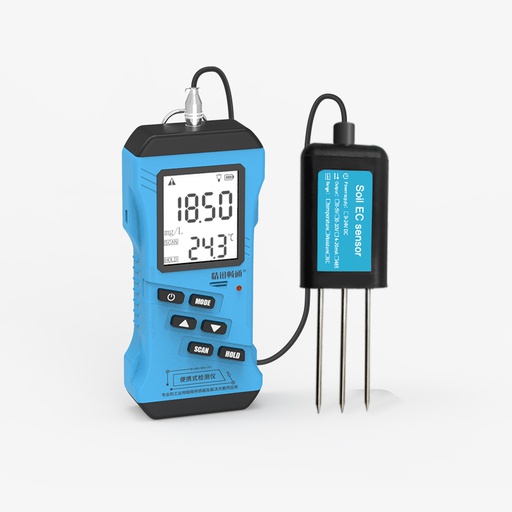Farming the future today
Global population is expected to grow by 70% by 2050, putting ever-increasing pressure on agriculture to feed the world. At the same time land and water shortages, changing consumer patterns and a global trend toward preserving natural environmental resources such as soil quality add to the burden on farmers to balance the various demands. So far, farmers have had to monitor manually the condition of their livestock, environment or agricultural produce, even on large farms. Their property also requires safety controls and security protection against natural disasters, theft, and accidents.
Until now, the implementation of automated monitoring and control systems has been limited by the poor coverage of cellular networks in many highly productive but sparsely populated rural areas. Thanks to LPWA technologies like LoRaWAN™, IIoT now enables detection, monitoring and control over very long distance (over 15 km) of a wide variety of key agricultural data: soil temperature and moisture; weather, rainfall and water quality; airborne pollution; crop growth; livestock position, condition and feed levels; smart connected harvesters and irrigation equipment; fire, theft and flood detection… LoRaWAN™ technology’s long-range, low-power wireless qualities enable the use of low-cost sensors to send data from the farm to the Cloud where it can be analyzed to improve operations. Actility enables agricultural companies to deliver various services using a common IoT enabler platform, providing LoRaWAN™ network server and software to manage public or private networks, under a unified, scalable, multipurpose IoT network infrastructure.
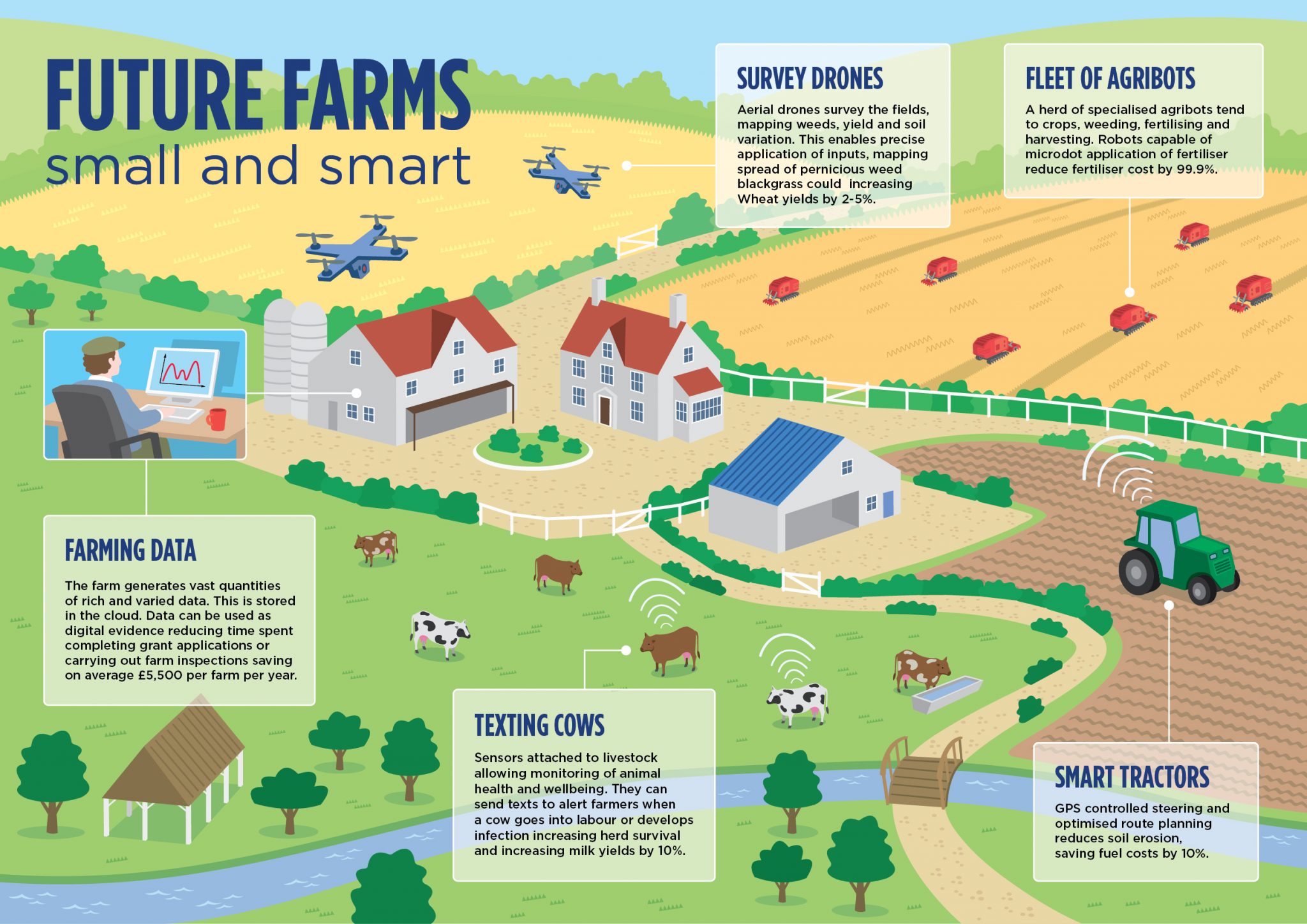 IoT applications for Precision Agriculture
IoT applications for Precision Agriculture
Use IoT to know how much and how often to irrigate
The advent of affordable IoT can alter the irreversible consequences of poor irrigation management by providing farmers with real-time soil moisture monitoring and tools for remote irrigation management. The sensors-based system provides the ability to detect water levels at various depths and automate irrigation valve controls. LoRaWAN™ -based solutions provides producers with actionable data, therefore enabling more efficient water management, optimized plant growth, increased crop yields, and up to a 50% savings in irrigation water usage.

Collect soil condition data with IoT
Until now, growers did not have an effective way to measure soil conditions other than to visually inspect the crops. Today, IoT connects your fields and gives them the voice to tell you everything they need to thrive. Soil monitoring sensors deliver real-time readings of soil temperature, volumetric water content, air temperature, but also nitrogen, phosphate, and potassium (NPK) levels – directly from the field to the Internet. Smart sensors deliver data at customizable intervals, eliminating the need for manual readings. You can accurately predict optimal planting and fertilization times, reduce water usage, and minimize the plant stress that comes from over or under-watering.

Keep an eye on your farms environment
IoT enables easy and cost-effective solutions for weather conditions monitoring, flood detection, and water quality control, providing you the data to make accurate decisions about your fields and crops. Remotely access real-time information about the water level in rivers and canals, the rainfall, temperature changes, wind conditions, air pressure, and humidity for your precise location. Optimize labor, water usage and crop health with the smart solution to precision agriculture. By implementing a network of LoRaWAN™ sensors and gateways across your fields, environmental indicators can be measured in real-time, detecting issues before they become crises.

Use IoT to keep track of your cattle's health and location
IoT solutions built on LoRaWAN™ represent an important trend in ranching. The data from sensors give ranchers the capability to monitor their livestock much more closely and act faster in the event of an abnormality – either in a cow’s health or its location. Using Actility IoT connectivity platform, ranchers are now able to use LPWA networks and smart sensors to remotely monitor the health, behavior, and location of livestock, be alert to early signs of illness in animals and to track the location of livestock to better manage pasture utilization.

Monitor and protect agricultural assets with IoT
Agricultural facilities have various assets that need surveillance. Wide area coverage and low power communication provided by LPWA networks like LoRaWAN™ enable new efficient solutions for tank and storage level monitoring. Farm gates, buildings and equipment can be protected with IoT sensors and trackers. Even beehives are getting remote health monitoring and anti-theft protection. Moreover, IoT allows improved food quality monitoring and traceability by remotely monitoring the location and conditions of shipments and products.
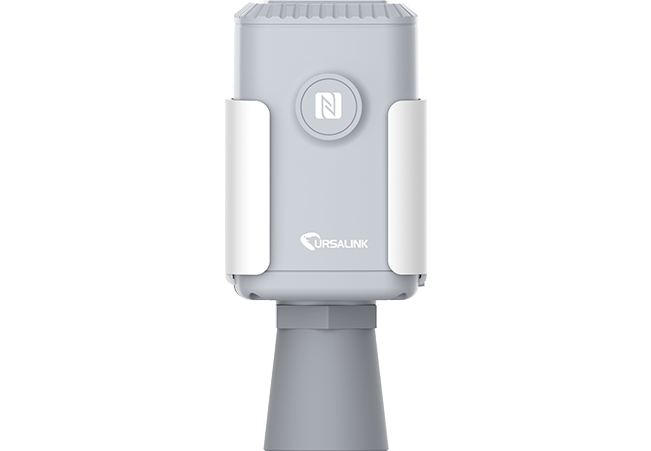
Silo and tank levels monitoring
Monitoring of liquid levels (water, diesel, oil) in tanks, wheat levels, temperature, and humidity in silos, is often manual, inefficient and inaccurate. With LoRaWAN sensors it’s now easy to replace manual readings into a real-time remote monitoring solution, giving you the visibility on tank and silo levels and stocks condition. You can know exactly and anytime how much wheat, grain, feed, water, and fuel you have on hand, allowing you to plan refill schedules better and avoid running out of stock
Beehives monitoring
LoRaWAN battery-based sensors installed inside beehives enable beekeepers to remotely check the status of the hive, like temperature and humidity sensors. It allows beekeepers to remotely follow the life cycle of their bee colonies, to optimize colonies health, to reduce excess mortality rates. The solution can also include GPS trackers to know their location and prevent hive theft. Actility’s partner provides a user-friendly dashboard that helps you monitor and analyze the data you’ve collected.
Farm gates and assets security
Due to irregular cellular coverage in remote agricultural areas, it’s difficult to use traditional gate alarms there. Smart LoRaWAN sensors can be installed on gates, remote farmhouses, and outbuildings, sending alarms for gate opening and closing. LoRaWAN-enabled GPS trackers can be installed on various farm equipment, vehicles, and materials. This way you can secure your gates, set up geofencing and movement alerts, and deter livestock et equipment thieves with an easy-to-deploy IoT solution and years of sensors autonomy.
Food temperatures monitoring
Once crops are harvested, LoRaWAN sensors track transportation timing and environment ensuring food is traceable and kept at the optimal quality requirements. Remote quality monitoring is ensured through sensors measuring tilt, temperature, humidity, air pressure and etc… through every step of the supply chain. Instant alerts can be set up if temperatures fall outside of a safe threshold. Traceability information including quality measurements is sent to the application server and made available to both producers and consumers.
Why LoRaWAN™ is ideal for Precision Agriculture applications ?
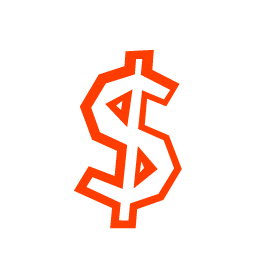 Low network Total Cost of Ownership: LoRaWAN™ has the lowest cost for network infrastructure deployment and maintenance thanks to its high link budget, long range, good redundancy and ease for scaling densification.
Low network Total Cost of Ownership: LoRaWAN™ has the lowest cost for network infrastructure deployment and maintenance thanks to its high link budget, long range, good redundancy and ease for scaling densification.
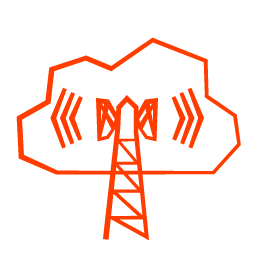 Flexibility in network deployment models: agricultural companies have the choice to either use their own private LoRaWAN networks or leverage existing public ones.
Flexibility in network deployment models: agricultural companies have the choice to either use their own private LoRaWAN networks or leverage existing public ones.
 Advanced technical attributes: very low-power bi-directional communications, and can work in a remote, harsh environment, high reliability of the network infrastructure and the sensors
Advanced technical attributes: very low-power bi-directional communications, and can work in a remote, harsh environment, high reliability of the network infrastructure and the sensors
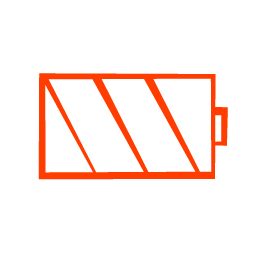 Battery Life Optimization: LoRaWAN sensors are optimized for a battery life of up to 15 years, and for transmission frequency, LoRaWAN offers one of the best options for mitigating battery life issues through network densification.
Battery Life Optimization: LoRaWAN sensors are optimized for a battery life of up to 15 years, and for transmission frequency, LoRaWAN offers one of the best options for mitigating battery life issues through network densification.
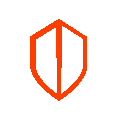 High security: the LoRaWAN specification uses 128-bit Advanced Encryption Standard (AES) algorithms to provide end-to-end encryption using two keys: one for the company, for protection of payload content; another for operators, for network authentication security.
High security: the LoRaWAN specification uses 128-bit Advanced Encryption Standard (AES) algorithms to provide end-to-end encryption using two keys: one for the company, for protection of payload content; another for operators, for network authentication security.
 Fast-Growing Open Ecosystem of Original Equipment Manufacturers (OEMs): companies have the flexibility to integrate devices from multiple vendors and benefit from interoperability at the network level.
Fast-Growing Open Ecosystem of Original Equipment Manufacturers (OEMs): companies have the flexibility to integrate devices from multiple vendors and benefit from interoperability at the network level.
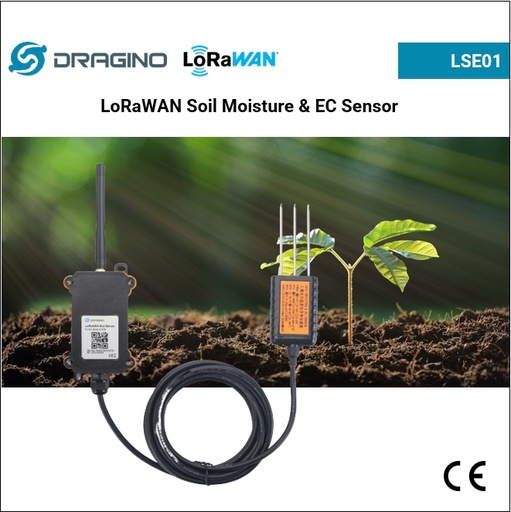

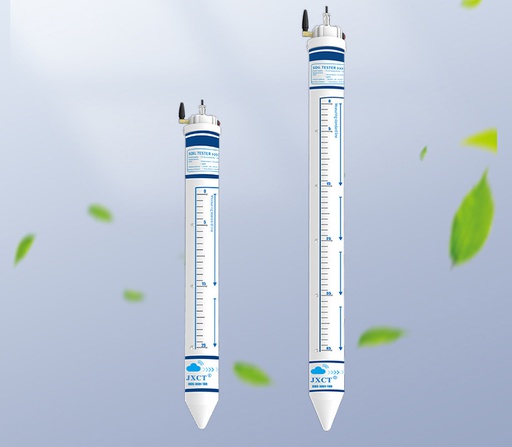
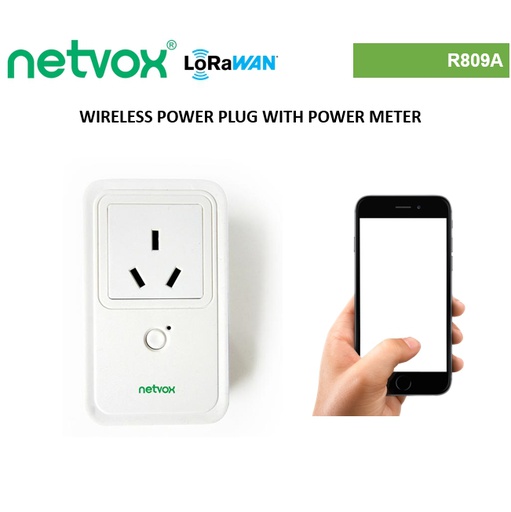
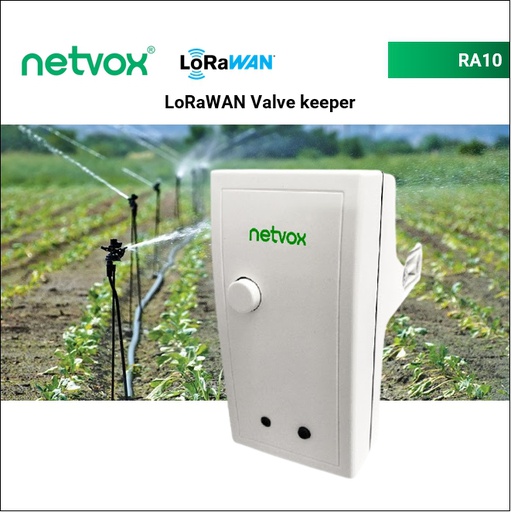
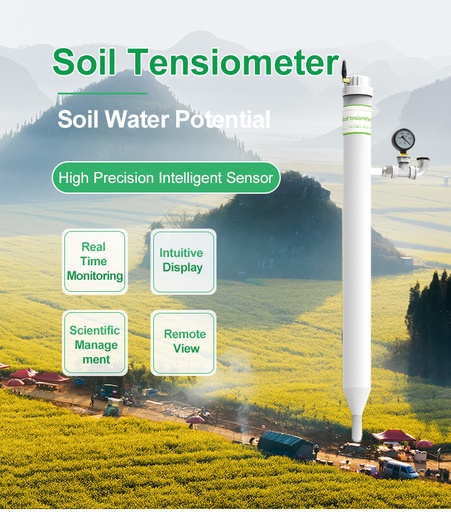
![[ARCHIVE] Speed Soil Measuring instrument](/web/image/product.template/49686/image_512/%5BARCHIVE%5D%20Speed%20Soil%20Measuring%20instrument?unique=539c3a4)
